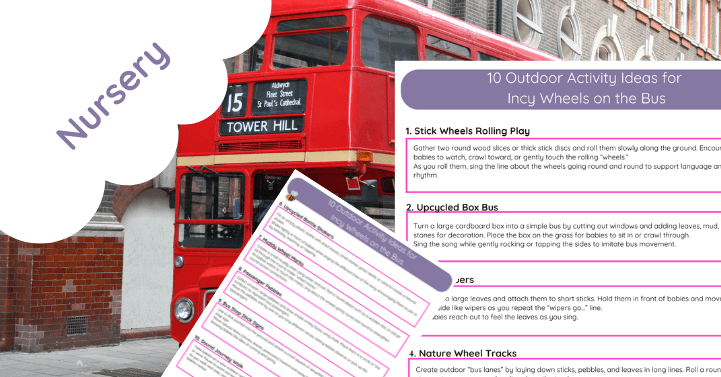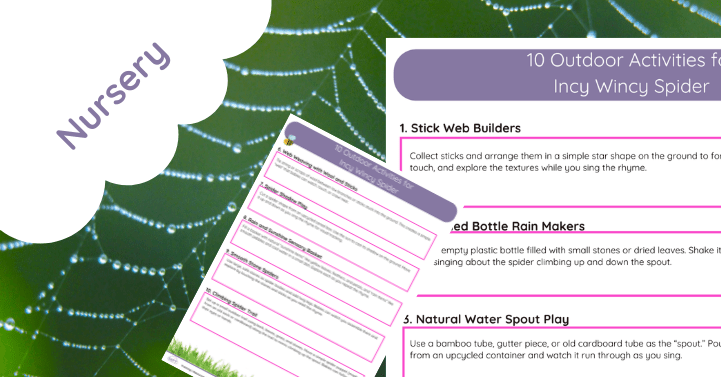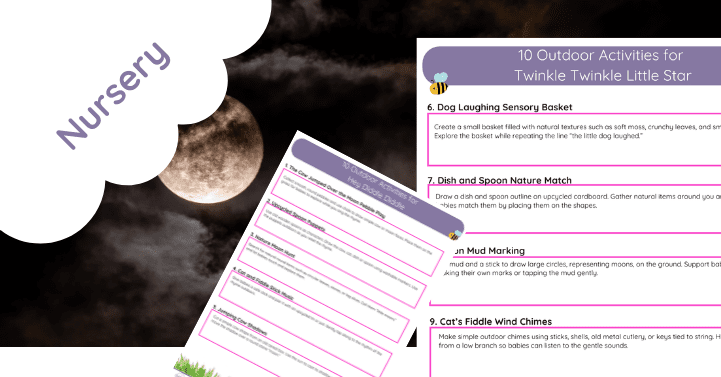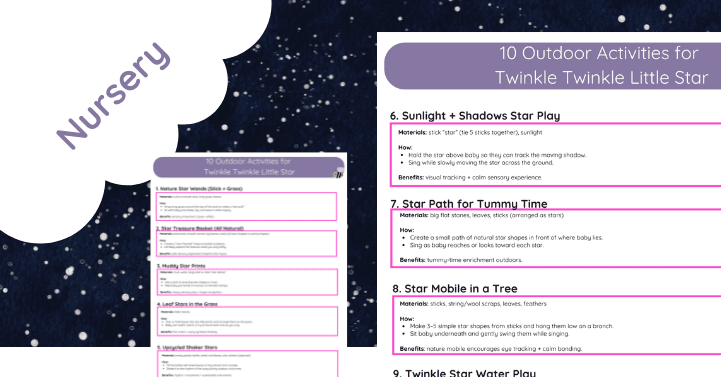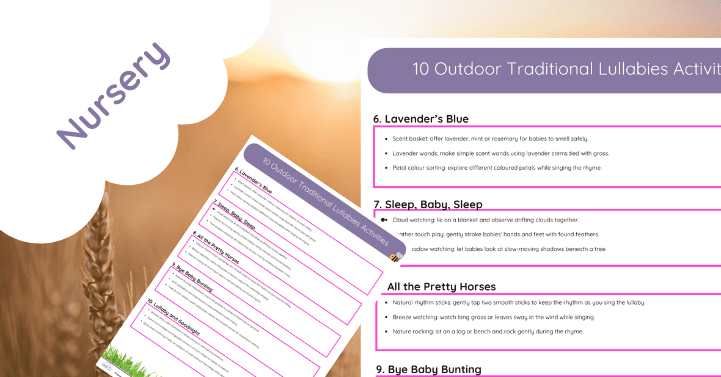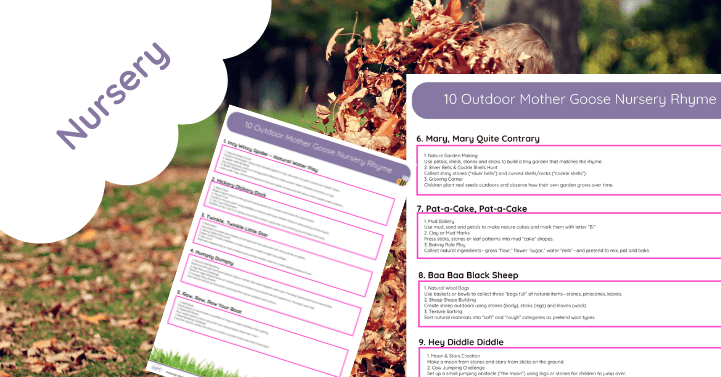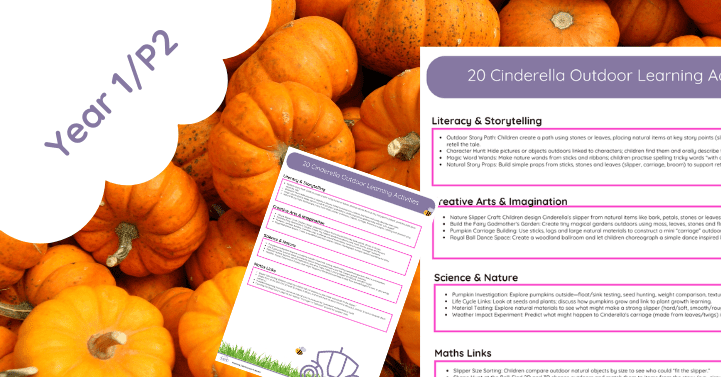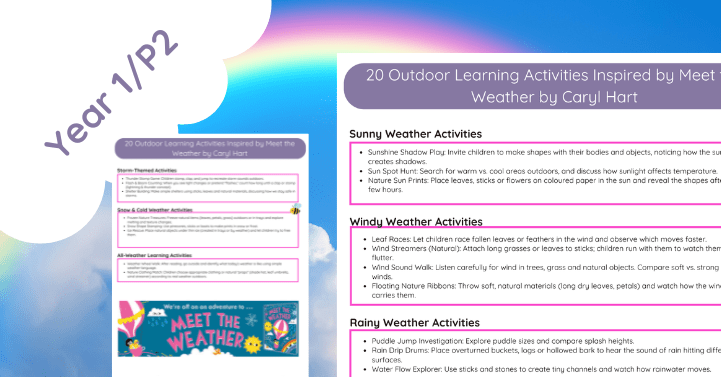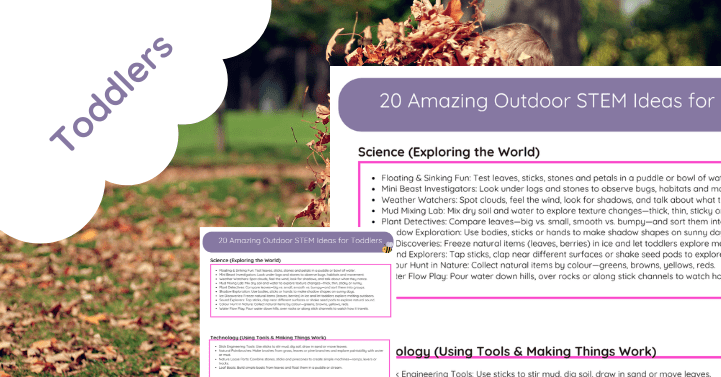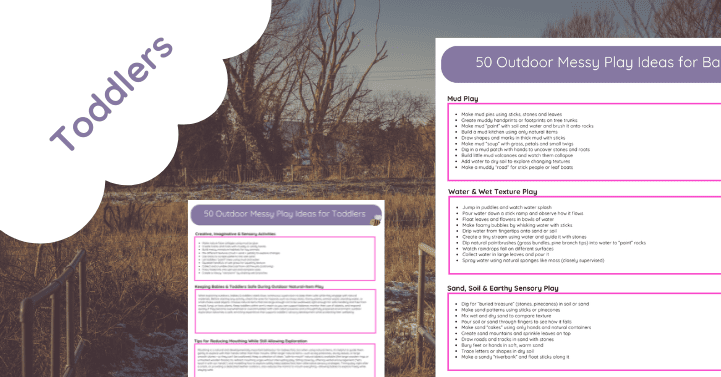Teaching Phase Two Phonics Outdoors: Engaging Children in Early Literacy
Teaching phonics is a crucial step in early literacy development, and taking these lessons outdoors can enhance the learning experience for young children. Phase Two phonics focuses on introducing children to initial sounds and simple letter recognition. By incorporating outdoor activities, educators can make learning phonics more interactive, enjoyable, and effective. Let’s explore the benefits of teaching Phase Two phonics outdoors and share some practical activities to engage children in their phonics journey.
Benefits of Teaching Phase Two Phonics Outdoors
1. Enhanced Engagement and Motivation
The outdoor environment is stimulating and can boost children’s enthusiasm for learning phonics. The fresh air, natural light, and open spaces create an exciting and dynamic learning atmosphere. External Resource: Edutopia – The Benefits of Outdoor Education Internal Resource: Muddy Puddle Teacher – Outdoor Learning Guides
2. Multi-Sensory Learning
Outdoor activities engage multiple senses, which can enhance phonics learning. Children can see, hear, touch, and even smell different elements while practicing letter sounds and recognition. External Resource: Reading Rockets – Multisensory Learning Internal Resource: Muddy Puddle Teacher – Sensory Play Resources
3. Physical Activity and Learning
Combining physical activity with phonics lessons helps children burn off energy and improve focus. Activities like running, hopping, or climbing while learning letter sounds make phonics fun and engaging. External Resource: Harvard Health – Exercise and Cognitive Function
4. Real-World Connections
Teaching phonics outdoors allows children to connect letter sounds to real-world objects and experiences. This context helps solidify their understanding and retention of phonics. External Resource: Reading Rockets – Using Real Objects for Learning Internal Resource: Muddy Puddle Teacher – Real-World Learning Activities
5. Promotes Social Interaction
Outdoor phonics activities often involve group work, encouraging children to collaborate, communicate, and develop social skills while learning. External Resource: Edutopia – Social Skills in Learning
Practical Outdoor Phase Two Phonics Activities
1. Alphabet Nature Hunt
Activity: Hide alphabet cards around the outdoor area. Children search for the cards, and when they find one, they say the letter sound and find a natural object that starts with that sound. External Resource: Alphabet Scavenger Hunt Ideas
2. Phonics Hopscotch
Activity: Draw a hopscotch grid with letters instead of numbers. Children hop along the grid, saying the letter sound each time they land on a square. External Resource: Hopscotch Phonics Games
3. Sound Walk
Activity: Take children on a nature walk and encourage them to listen for sounds. Have them identify objects that start with different phonics sounds. External Resource: Nature Walk Activities
4. Alphabet Obstacle Course
Activity: Set up an obstacle course with letter stations. At each station, children must say the letter sound and perform an action related to that letter before moving on. External Resource: Obstacle Course Ideas for Learning
5. Letter Formation with Natural Materials
Activity: Have children collect sticks, leaves, stones, and other natural materials to form letters on the ground. This activity helps with letter recognition and fine motor skills. External Resource: Natural Materials for Learning
6. Phonics Relay Race
Activity: Divide children into teams and set up a relay race. Each team member runs to a designated spot, says the letter sound, and returns to tag the next runner. External Resource: Relay Race Ideas
7. Sand Tray Writing
Activity: Use a sand tray for children to practice writing letters with their fingers. They can say the letter sound as they write. External Resource: Sensory Sand Tray Ideas Internal Resource: Muddy Puddle Teacher – Sand Tray Activities
8. Leaf Rubbings
Activity: Place paper over leaves and have children rub crayons over the paper to reveal the leaf shape. They can label the leaf rubbings with the initial letter sound. External Resource: How to Make Leaf Rubbings
9. Sound Sorting
Activity: Collect a variety of natural objects. Have children sort the objects into groups based on their initial letter sounds. External Resource: Sorting Activities for Learning
10. Story Stones
Activity: Paint stones with different letters or pictures. Children can use the stones to tell a story, incorporating the phonics sounds they’ve learned. External Resource: Story Stones Ideas
Integrating Phonics into Outdoor Learning
1. Labeling Nature
Activity: Label plants, trees, and other natural objects with phonics sounds and words. Children can walk around and practice saying the sounds and words. External Resource: Outdoor Labeling Ideas
2. Phonics Picnic
Activity: Have a picnic where children bring items that start with different letter sounds. They can share and talk about their items in Spanish. External Resource: Picnic Learning Activities
3. Weather Phonics
Activity: Use the weather to teach phonics. For example, “S” for sunny, “R” for rain. Children can describe the weather using their new sounds. External Resource: Weather Vocabulary for Kids
4. Phonics Garden
Activity: Create a phonics garden where each plant is labeled with a letter sound. Children can help plant and care for the garden while practicing their phonics. External Resource: Gardening with Kids
5. Chalk Writing
Activity: Use sidewalk chalk to write letters on the pavement. Children can walk or hop to each letter and say the sound. External Resource: Sidewalk Chalk Learning
Recommended Resources from Muddy Puddle Teacher
To support outdoor phonics learning, Muddy Puddle Teacher offers a range of valuable resources:
- Outdoor Learning Guides
- Sensory Play Resources
- Real-World Learning Activities
- Sand Tray Activities
- Outdoor Science Experiments
Conclusion
Teaching Phase Two phonics outdoors provides a dynamic and engaging way for children to develop early literacy skills. The natural environment enhances learning through multi-sensory experiences, physical activity, and real-world connections. By incorporating these outdoor phonics activities, educators can create a fun and effective learning experience that fosters a love for reading and language in young children. Embrace the outdoors and watch your children’s phonics skills flourish.



